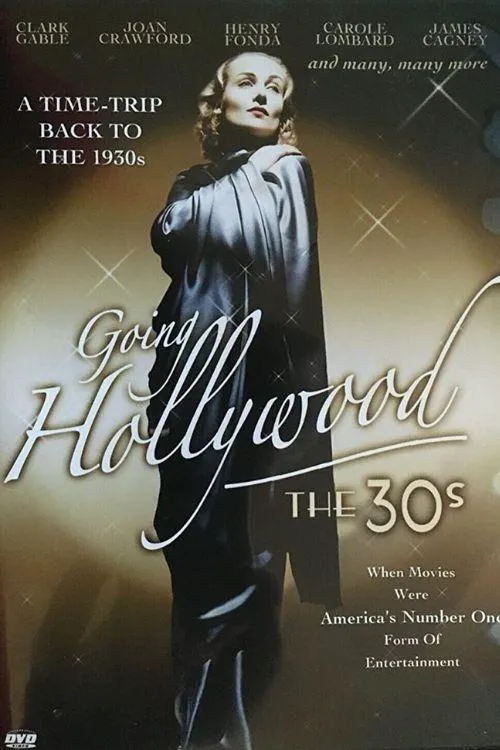Going Hollywood: The '30s

Trama
The documentary "Going Hollywood: The '30s" takes viewers on a fascinating journey through the Hollywood of the 1930s, a time marked by economic despair, social upheaval, and the looming threat of war. Hosted by the charismatic actor Robert Preston, the film meticulously explores the world of cinema during this period, shedding light on the movies, moviesgoers, and the cultural dynamics that shaped the era. As the film begins, it sets the stage for the decade, a time when the Great Depression was in full swing, with unemployment rates soaring and hope dwindling for millions. Yet, amidst the despair, cinema provided a welcome escape for Americans, a temporary reprieve from the hardships of everyday life. Movie theaters became gathering places, where people from all walks of life congregated to forget their troubles and indulge in the magic of the big screen. Robert Preston, dressed in his signature style, guides viewers through the labyrinthine world of 1930s Hollywood, introducing them to the era's biggest stars, directors, and films. From the golden age of comedy, led by icons like Stan Laurel and Oliver Hardy, to the rise of the Hollywood musical, featuring performers like Eddie Cantor and Shirley Temple, the documentary showcases a diverse array of cinematic styles and genres that captivated audiences. The film also delves into the lives of common moviegoers, ordinary Americans who, despite economic hardship, continued to find solace in cinema. Interviews with people from the era, accompanied by rare archival footage, vividly portray the experience of attending a movie during the Great Depression. Viewers learn about the makeshift cinemas, often housed in abandoned buildings, community centers, or even movie-lanterns in front yards, where people came together to laugh, cry, and be entertained. One such story revolves around a young woman named Midge Wilson, who shares her experiences of watching movies with her family during the 1930s. Midge remembers the excitement of heading to the picture show after days of struggling to make ends meet. She recalls feeling transported to far-off lands, encountering fantastical characters, and immersing herself in a world of pure imagination, providing a welcome respite from the hardships of everyday life. In addition to exploring the social context and audience reaction to movies, "Going Hollywood: The '30s" also sheds light on the impact of the era's historical events on Hollywood itself. The film examines how events like the 1936 Spanish Civil War, the rise of fascist regimes in Europe, and the subsequent appeasement policies resonated within the world of cinema. Preston guides viewers through the making of several high-profile films, including "It Happened One Night," "Mutiny on the Bounty," and "The Thin Man," which tackled these pressing issues, reflecting the changing global landscape and its influence on the American psyche. Throughout the documentary, Robert Preston delivers his narrative with humor, poignancy, and wit, as he seamlessly weaves archival footage, interviews, and behind-the-scenes stories to create an engaging and comprehensive portrait of the 1930s film industry. As the film reaches its conclusion, it becomes clear that the era's movies played a significant role in shaping the attitudes of the time, influencing American opinion, and even foreshadowing the events that would unfold in the lead-up to World War II. Ultimately, "Going Hollywood: The '30s" is a rich tapestry of stories, anecdotes, and historical context that reveals the profound impact of cinema on American society during a pivotal moment in history. By examining the world of movies in the 1930s, the documentary offers a nuanced understanding of the cultural, social, and historical forces that shaped the era, providing a deeper appreciation for the enduring power of film to reflect, engage, and inspire audiences.
Recensioni
Raccomandazioni


